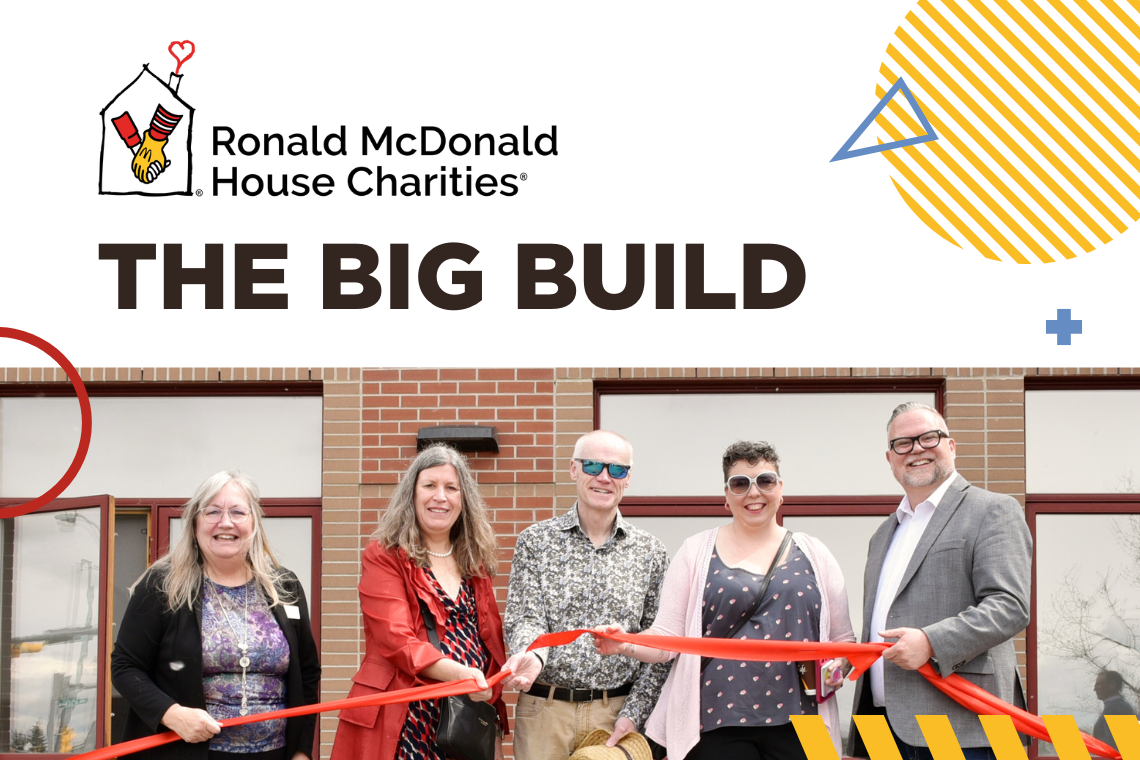
May 13, 2015 | CREBNow
The shift is on
Calgary demographics influence housingCalgarians, characterized in a recent report as among the youngest in Canada, are altering the city's housing landscape through a unique set of needs and wants, including a more diverse rental market, work/live spaces, home offices and multi-generational housing.
In its recently released The Changing Face of Calgary report, Urban Development Institute – Calgary and the Canadian Home Builders' Association – Calgary note the median age in Alberta (major urban centres) is a nation-low 36.5 years, and as the "population bulge trends toward youth, housing needs shift." It also notes Alberta leads the country in proportion of working-age population. According to the Alberta Labour Market review, 25- to 44-year-olds in the province have the highest employment levels of any age cohort at 84 per cent.
The report suggests demographic trends are already influencing the local housing market. From 2013 to 2014, rental apartment construction in the city increased by 45 per cent, the products of which should help ease Calgary's low vacancy rate.
Multi-family housing also saw record construction with 10,647 units started in 2014 – including units in the master-planned community of East Village, comprised entirely of multi-family homes.
While the report identifies Calgarians' appetite for more diverse housing options, buyers of any age are ultimately driven by personal preference, said CREB® president Corinne Lyall.
"There's no question that demographics play into buying patterns, but the ultimate decision is much more about lifestyle choice," she said.
"Every buyer makes a decision based on their own unique needs and wants. It's a generalization, but for families with young children, an important neighborhood feature might be nearby parks or playgrounds. For a single person who commutes, the priority might be proximity to transit or having major road access."
And while Calgary may be part of Canada's youngest province, it still has an ageing demographic that has their own set of housing needs.
The UDI/CHBA housing report notes the number of seniors in Calgary will double from 2010 to 2025. By 2036, for the first time in the city's history, the number of adults over the age of 65 will surpass the number of children under 14.
A City of Calgary report said 2011 marked the first wave of Calgary's 268,000 baby boomers (born between 1945 and 1965) turning 65.
"This cohort of ageing adults will soon eclipse the 98,000 seniors that currently live in Calgary," said the report.
"Their needs, interests, attitudes and demands will be different than previous generations of seniors. Housing availability, along with health-care provision and other support services, will be strained."
According to the City, the number of Calgarians between the ages of 65 and 74 increased by 30 per cent from 2009 to 2014 to 70,687.
Many of the city's seniors population will want to "age in place," said the UDI/CHBA study – a position supported by the 2015 Ageing in Place report conducted by the Organisation for Economic Co-operation and Development (OECD), which used Calgary as one of nine case studies along with cities such as Toyama, Japan and Helsinki, Finland.
"To continue to live to the later stages of life at home, housing modifications must be made so that older people can move about easily within their living space," the report said of Calgary where "the notion of 'ageing in place' has gained currency."
This so-called currency comes despite ongoing opposition from city council to widespread approvals of secondary suites, which, among other things, offer seniors a way to stay in their homes longer. Currently, more than 53 per cent of homes in the city are zoned RC1 or R1 meaning secondary suites are not permitted.
In December, council voted 8-7 against a reform plan for suites in the city, much to the frustration of many including Coun. Druh Farrell who likened the whole process to "giving birth to a chair."
On Tuesday, council was yet to reach a decision on allowing a more streamlined process for applying for secondary suites in Wards 7,8,9 and 11 by press time.
The OECD report also pointed to affordable housing as a vital part to aging in Calgary, yet noted the city has not done enough to bridge the gap between supply and demand. It said eligibility for affordable housing has historically hovered around 18 per cent, yet current supply is only around 2.5 per cent.
"As Calgary's population continues to increase, the demand for affordable housing will continue to grow and the gap in the housing system is likely to widen," said the OECD.
The global organization did, however, recognize the City's Community Affordable Housing Strategy unveiled this year, which is focusing on providing affordable housing to households earning less than 65 per cent of the median income that spend more than 30 per cent of housing, regardless of their demographic.
While some seniors prefer to age in place, others are moving to smaller living spaces with easier access to amenities.
Calgary REALTOR's® Debra and Peter Molzan have conducted various seminars at the Kerby Centre, a non-profit organization for seniors, and said many of their clients are wanting to transition from long-term homes to something more fitting to their situation – they just don't where to start.
"They've been in their home for years, and maybe a spouse has passed away, or they just know they need to make a move and they just don't know the whole process," said Debra.
"If you've been in the same house for 40 years, you just don't know where to start."
And while some older buyers are shifting away from detached homes and to attached and apartments that offer social activities and support services, they still require amenities such as parking, said Debra.
"The thing is a lot of them don't have parking and people still drive but they still want to be in a building that's affordable," she said. "I have a couple people now that are just waiting for the right place to come up."
The OECD report noted the City does not provide housing specifically for older people, but does support Silvera for Seniors, a housing management body with a mandate to do so.
It also pointed to the City's development of a Seniors Age-Friendly Strategy, which will focus on the needs of older people by working with existing city programs such as the Affordable Housing Strategy and Advisory Committee of Accessibility.
The strategy was announced last year and is expected to presented to council next month.
Tagged: Baby Boomers | Calgary | Calgary Community | Calgary Real Estate News | CHBA | multi-family | Secondary Suites | Smarter Growth Initiative | UDI




